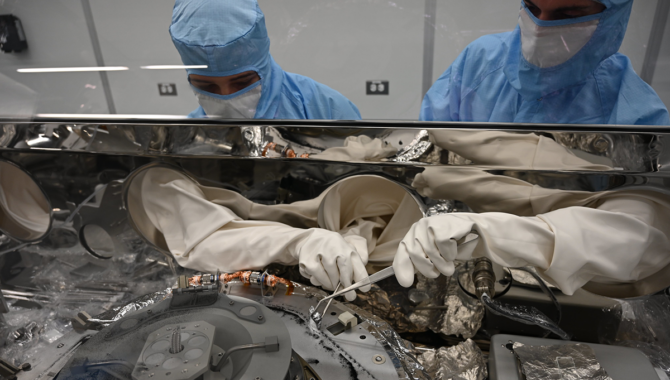
Asteroid regolith rich in carbon, contains water-bearing minerals.

Asteroid regolith rich in carbon, contains water-bearing minerals.
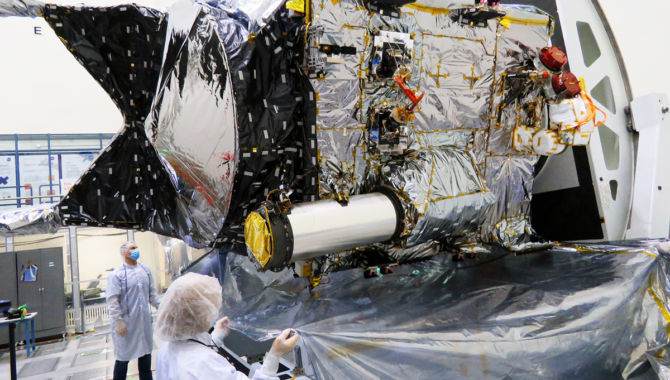
DSOC demonstration will ride aboard Psyche spacecraft.
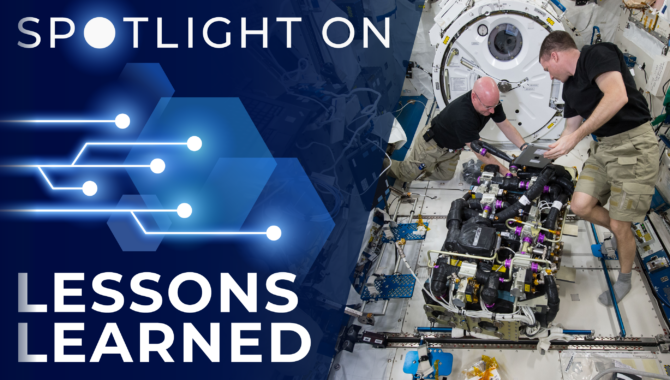
Integrated coordination of tasks involving common hardware used by different teams minimizes the impact of configuration changes.
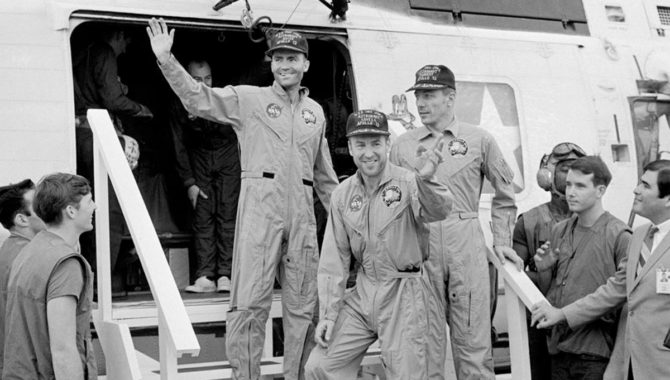
Review board focuses on role of oxygen tank 2 in accident.
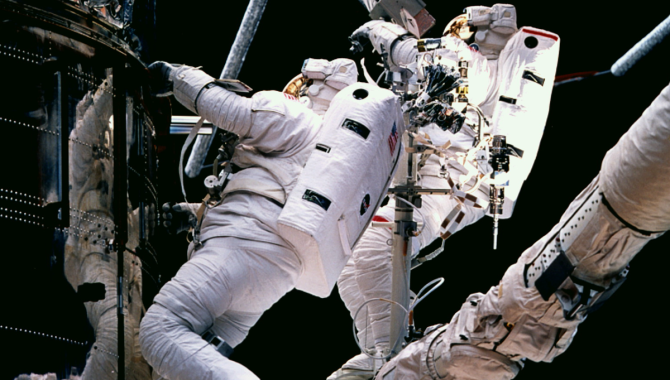
Hubble servicing mission relies on expertise and experience of seasoned crew.
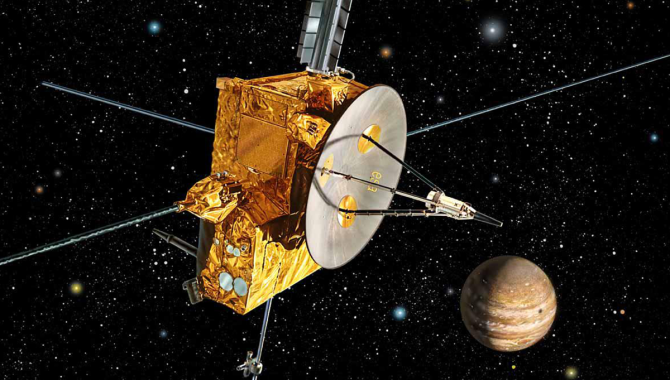
Crew of STS-41 launches spacecraft on out-of-ecliptic mission to the Sun.
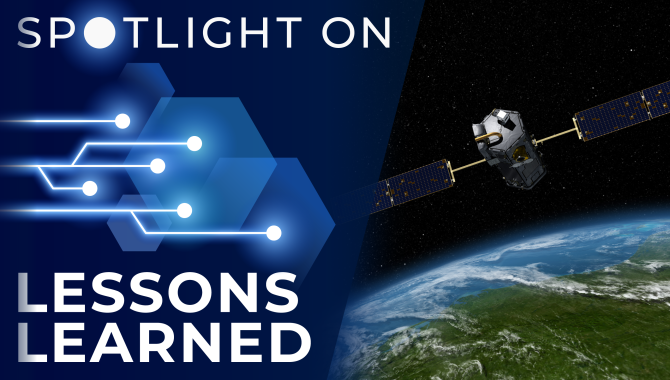
Failure of a launch vehicle payload fairing to separate during ascent resulted in the loss of the Orbiting Carbon Observatory satellite mission.
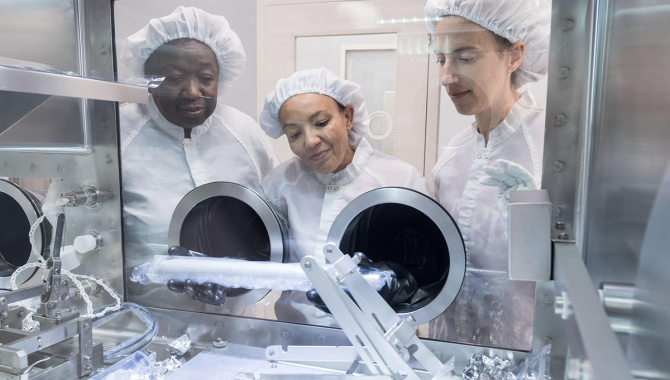
Researchers are examining lunar soil and rocks with new tools.
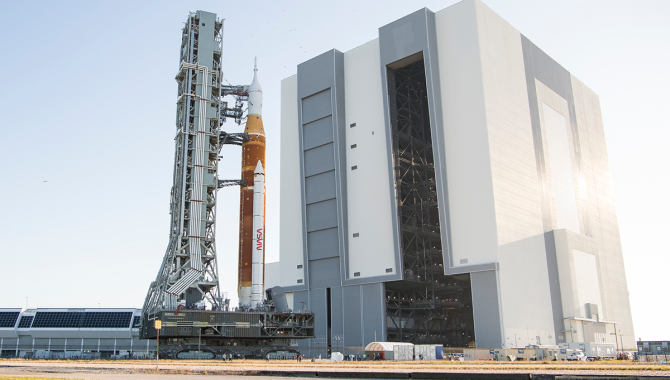
Small Steps, Giant Leaps series features engineering leaders.